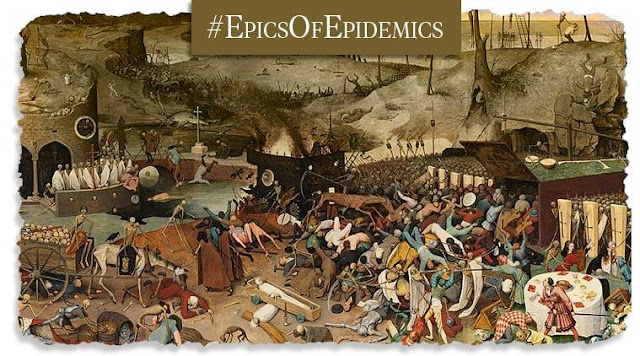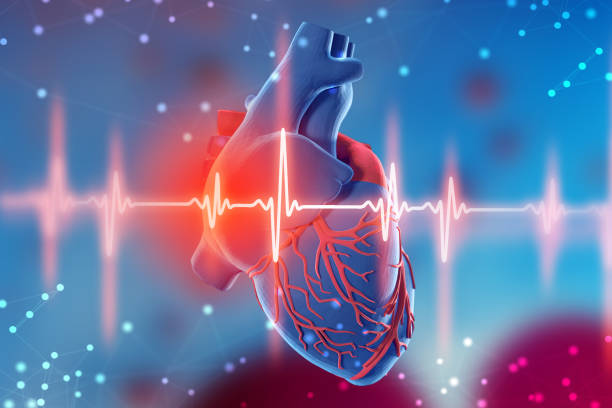 |
| Image Source-Google | Image by- | twitter |
Pilocytic astrocytoma may be related to the genetic condition neurofibromatosis kind 1 (NF1), and optic gliomas are a number of the maximum regularly encountered tumors in patients with this disorder. The majority of pilocytic astrocytomas, but, arise sporadically - with no proof of a link to an underlying hereditary predisposition or life-style element. They are associated with genetic changes inside the MAPK/ERK pathway, maximum frequently a characteristic KIAA1549-BRAF fusion gene.

















